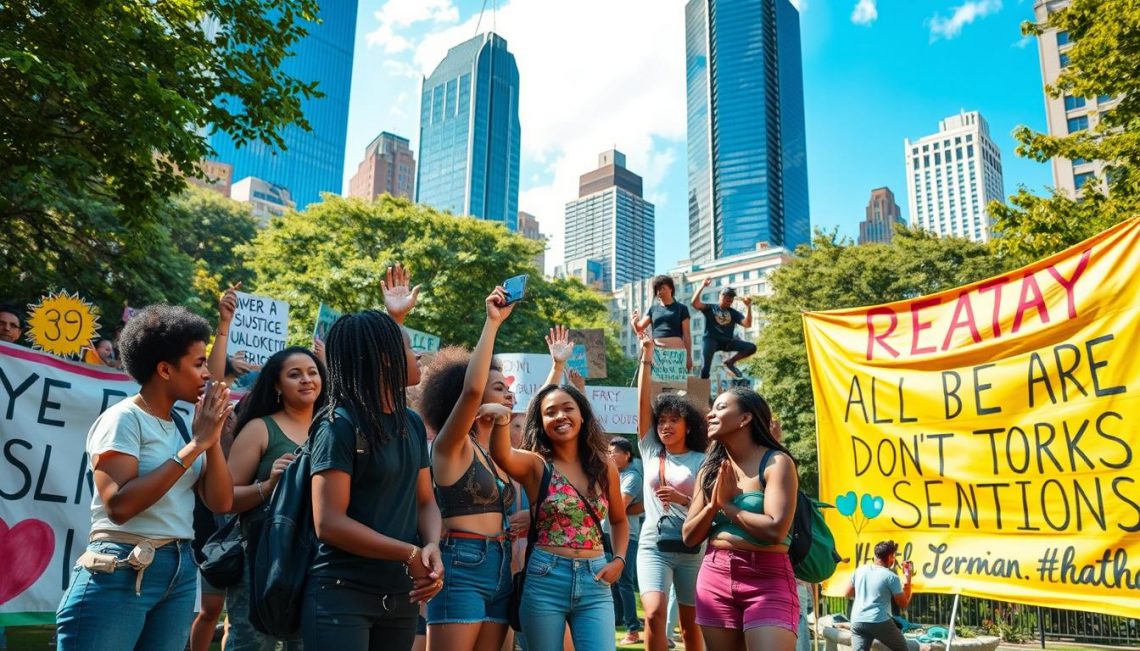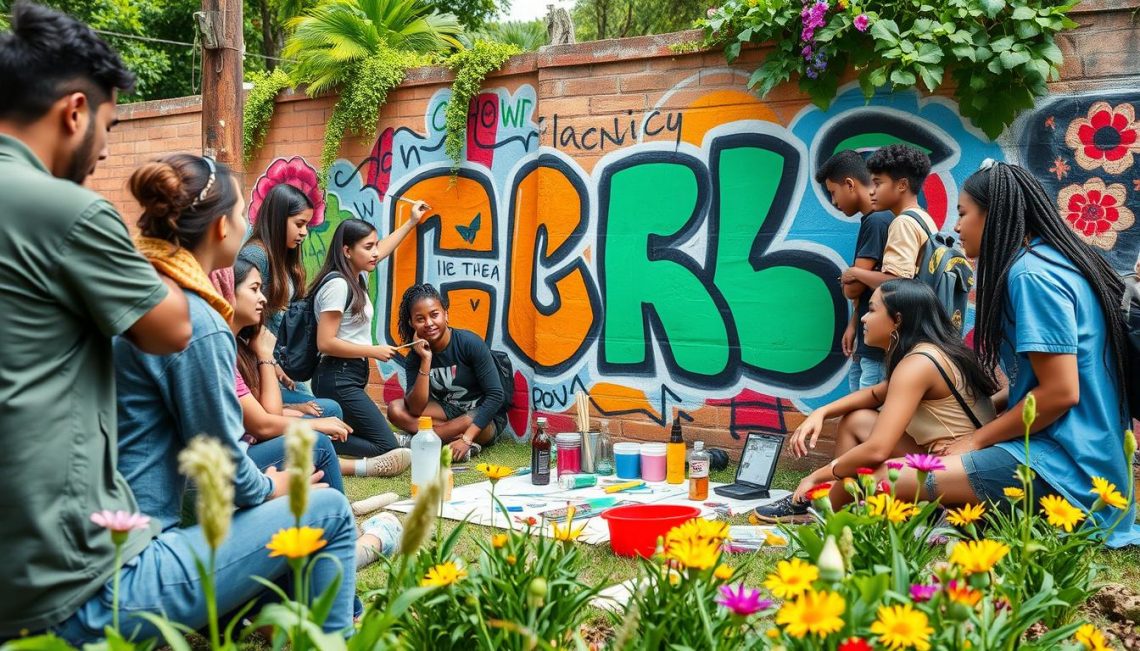Youth collectives have become significant catalysts for social change in contemporary society. These dynamic groups, formed by young individuals united by common interests and goals, engage in community activism aimed at addressing pressing social issues. The rise of youth activism can be traced to enhanced access to information and the impact of social media, enabling young voices to resonate globally.
With more than 1.8 billion individuals aged 15 to 24 according to the United Nations, the role of youth in societal progress is paramount. Youth-led movements, such as the Youth Climate Strikes and Black Lives Matter, exemplify how these collectives can influence policy changes and raise awareness about critical issues like climate change, education, and equality. By fostering community involvement and empowerment, youth collectives not only produce concrete outcomes but also develop essential skills that equip young people for future endeavors.
The Power of Youth Collectives in Driving Social Justice
Youth collectives have emerged as crucial actors in social justice movements, infusing fresh perspectives and passionate activism into the quest for equity and inclusion. By mobilizing their peers, these collectives often advocate for marginalized communities and address systemic inequalities. They tackle contemporary issues such as racial justice, climate change, and gender equality, demonstrating their capacity to create meaningful impact.
Understanding Social Justice Movements
Social justice movements are fundamentally about creating a more equitable society. They strive to address injustices across various sectors and uplift marginalized voices. Youth activism fuels these movements by harnessing the energy and innovation of young people. Historical examples, like the Civil Rights Movement and the LGBTQ+ rights movement, showcase how young activists have historically played pivotal roles in pushing for societal change.
Case Studies: Successful Youth-Led Initiatives
There are numerous examples of successful youth-led initiatives that demonstrate the effectiveness of collective activism.
- Sunrise Movement: This climate advocacy network has galvanized thousands around the Green New Deal, illustrating the power of youth in addressing environmental issues.
- Student Against Gun Violence: Sparked by the Parkland shooting, this organization has orchestrated nationwide protests calling for stricter gun control, showcasing how youth can influence policy changes.
- Malala Yousafzai: Her advocacy for girls’ education transformed into a global movement, highlighting the impact one voice can have in inspiring collective action and promoting education as a right.

Exploring the Role of Youth Collectives in Creating Change
Community engagement serves as a fundamental pillar for youth collectives, nurturing a platform for youth advocacy and participation in local issues. By organizing workshops, community forums, and collaborative projects, young advocates identify challenges and tailor solutions to fit their communities’ unique needs. Participating in community service not only enhances personal growth but also fosters a culture of civic responsibility. When youth engage in these activities, they cultivate a space where their voices are valued and heard.
Community Engagement and Advocacy
The essence of community engagement lies in the ability to promote meaningful dialogue among members. Youth advocates drive change by connecting with diverse groups and working collectively to address social impacts. Programs emphasizing hands-on experiences empower young individuals and help them understand the significance of their contributions to society. This effort builds a sense of belonging and active citizenship within local communities.
The Impact of Digital Platforms on Youth Activism
With the rise of digital platforms, youth activism has transformed dramatically. Social media channels like Instagram and TikTok provide an avenue for rapid mobilization and information sharing. Campaigns such as #MeToo and #BlackLivesMatter demonstrate how online movements can build momentum and spark global conversations. Young activists leverage digital activism to form networks, share resources, and strategize collective actions, thereby making traditional methods of organization less necessary.
How Youth Collectives Inspire Intergenerational Collaboration
Bridging the gap between youth and elders begins with fostering an environment for intergenerational collaboration. Initiatives that encourage dialogue between different age groups promote the sharing of wisdom and experiences, enhancing the overall effectiveness of social movements. Programs pairing senior citizens with youth activists facilitate discussions around community issues and influence policy advocacy. This collaboration enriches perspectives, creating a multifaceted approach to tackling social challenges.

| Activity Type | Purpose | Impact |
|---|---|---|
| Workshops | Skill-building for advocacy | Empowerment and expertise |
| Community Forums | Facilitating dialogue | Enhanced understanding and cooperation |
| Collaborative Projects | Addressing local challenges | Tangible solutions and community improvement |
| Digital Campaigns | Raising awareness globally | Increased participation and visibility |
The Future of Youth Movements and Their Global Influence
The future of youth movements is undeniably bright, showcasing an emerging global influence that is reshaping societal norms. As awareness of critical issues such as social inequality, the climate crisis, and political unrest rises, youth collectives are poised to expand their outreach and intensify their efforts. These movements are not just local phenomena; they carry a significant weight on the international stage, continually pushing for change and progress.
Emerging trends indicate a growing integration of technology and activism, allowing youth collectives to enhance their organizational capabilities and foster global solidarity. Social media platforms and digital tools have revolutionized how these movements operate, enabling them to connect across borders and galvanize support for common causes. This technological fusion enhances the visibility of their missions, amplifying their voices in the global arena.
Furthermore, as younger generations insist on accountability and transparency from established institutions, existing power structures may have to adapt to these changing demands. The influence of youth-led organizations on global policies, particularly during significant events like the United Nations Youth Assembly, highlights a transformative shift towards inclusivity in decision-making terms. Ultimately, this proactive stance will not only shape the future of youth movements but also craft a lasting impact that resonates across generations, ensuring that their voices are heard and their needs addressed.

